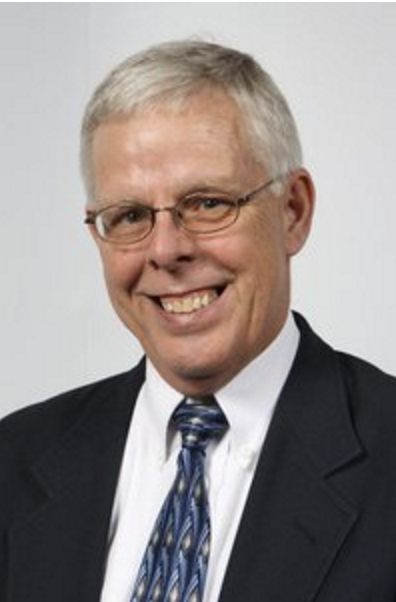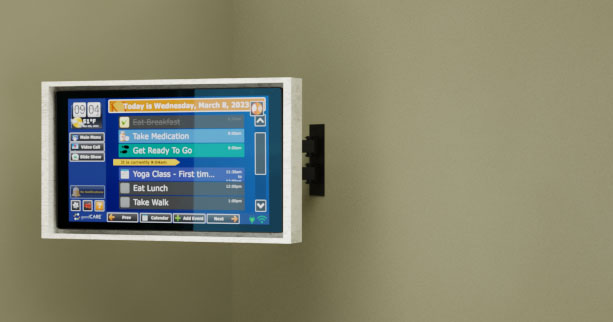Was blind but now I see: Telehealth and RPM in post-acute situations
A Chat with Charlie Hillman, founder and chairman of the board for RPM, Social Engagement and Telehealth industry pioneer, GrandCare Systems. Hillman is a professional engineer and MIT Alumnus.
Productivity.
Whether it is bushels of corn per acre, cars off the assembly line per hour, or hospital bed occupancy, it is the relentless drive toward greater productivity that saves companies, saves industries, and saves economies.
Economic studies have for centuries attempted to define the components of productivity. In days of yore, it was simple. Productivity was just labor and land, as seen in the top left of my slide – just a man and his mule.
Then came the industrial revolution and a new component was added: capital – meaning machines and buildings. The target was, of course, to increase production by introducing machines that could replace the other components, in particular, labor.
The largest gains in productivity were still in the agricultural field as evidenced by the fact that in 1880, it took almost 90% of the US population to produce 100% of the food needed. A hundred years later, less than 10% of the population could produce more than we needed – a tremendous increase in productivity. Manufacturing also underwent a dramatic increase in productivity. We went from manual methods to increasingly automated factories. As expected, the number of people needed for manufacturing has declined while output rises. The production equation had changed again.
 Then came the information age. In a relatively short period of human history, information has become a significant factor in the productivity equation.
Then came the information age. In a relatively short period of human history, information has become a significant factor in the productivity equation.
Let’s go back to agriculture. With satellite photos, a GPS system, and intelligent spreader, a farmer can now apply just the right amount of fertilizer or pesticide on different parts of his field, thus increasing yield and decreasing capital costs.
In manufacturing, the information of new materials, part structure, and our computer aided abilities to accurately perform structural analyses lead to reduced product weight while maintaining strength. The result: information replaces capital and makes possible a trip to the moon.
Now let’s talk healthcare. Some might calculate productivity in terms of patient days, but most consider the simple notion that productivity in healthcare is about saving and then improving lives. Just imagine how information has revolutionized healthcare in just the past few decades. Between sophisticated blood tests, genetic analyses, MRI’s, CAT scans, and Hillrom beds, the modern doctor has access to information that would have been unimaginable just 50 years ago.
 Then the patient heads out of the hospital to home, and the attending doctor goes from omniscient to essentially blind. He/She has been cut off from information about the patient and it is not surprising that productivity drops. And, it’s not just the healthcare professional. The patient is also cut off from the information and advice on how he or she might behave to speed recovery and prevent reoccurrence.
Then the patient heads out of the hospital to home, and the attending doctor goes from omniscient to essentially blind. He/She has been cut off from information about the patient and it is not surprising that productivity drops. And, it’s not just the healthcare professional. The patient is also cut off from the information and advice on how he or she might behave to speed recovery and prevent reoccurrence.
And that is why we’re here today.
With GrandCare, healthcare professionals have information even when the patient is outside the clinical setting through its telehealth, instructionals, medication management and telemedicine features. At the same time GrandCare avoids information overload, letting doctors specify the exact conditions and red flag events and who should be notified.
Not only does GrandCare keep health professionals in the know about their patients at home, it also keeps the patients themselves well informed. Discharge instructions can be placed on the GrandCare touchscreen in the form of instructions, check lists, meal plans, exercises or even videos that can be watched on demand at any time. Reminders to engage in appropriate levels of exercise can also be employed. And medication reminders increase adherence, even for those facing cognitive challenges that lead to forgetting.
If you would like to know more about how GrandCare links health professionals to their patients at home, drop us a line. We’d love to show you how GrandCare improves medical outcomes by keeping both professionals and patients well informed.




